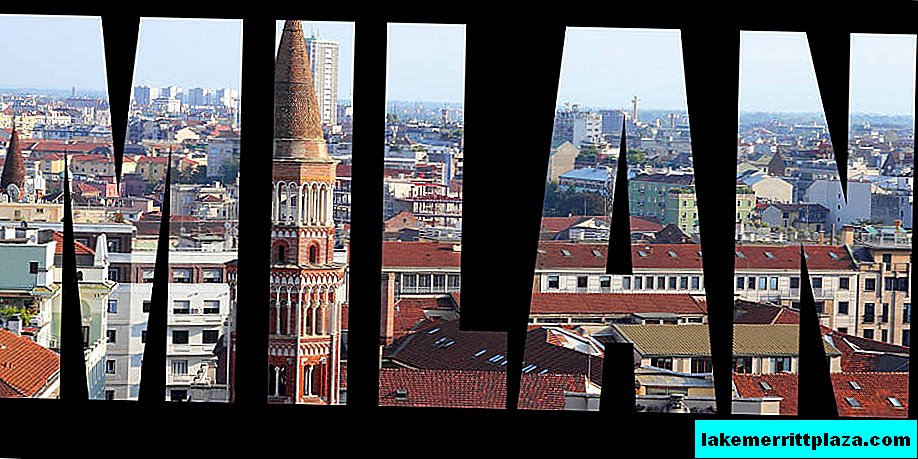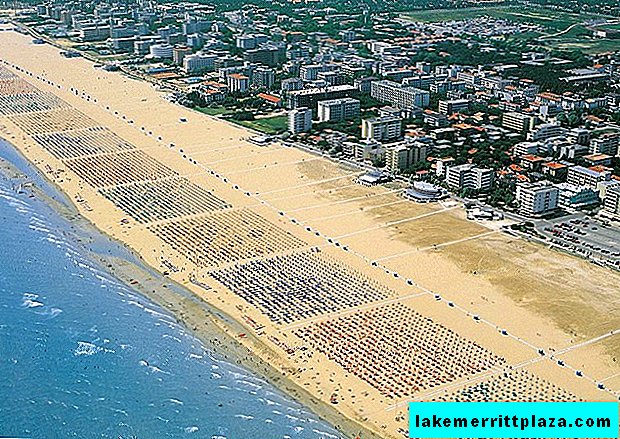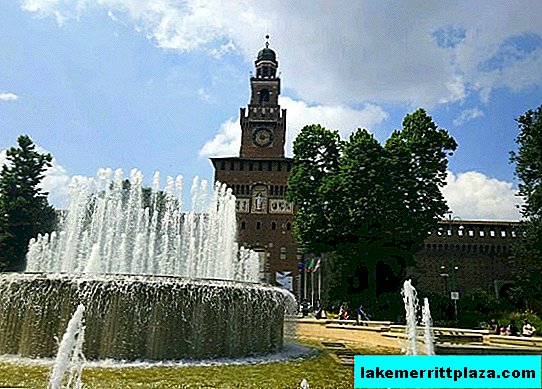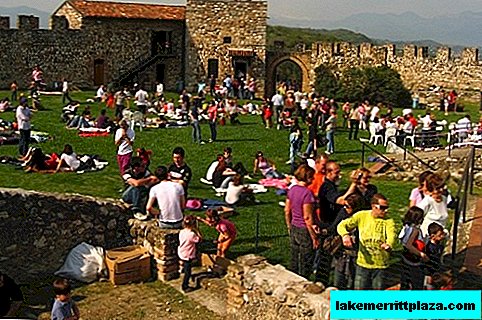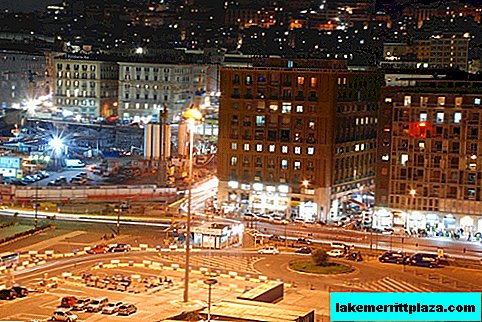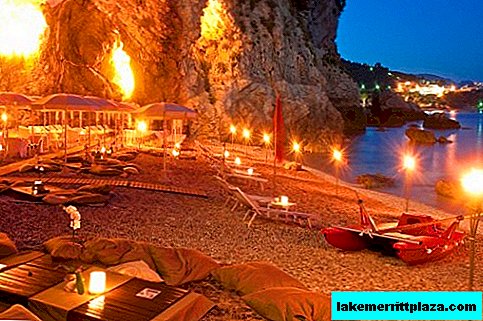The capital of the land is Thuringia. It immediately captivates - with its truly German flavor, winding low-rise streets, half-timbered buildings, the old Kremerbrücke bridge and the vibrant polyphony of the market, small shops and bakeries, cozy restaurants.
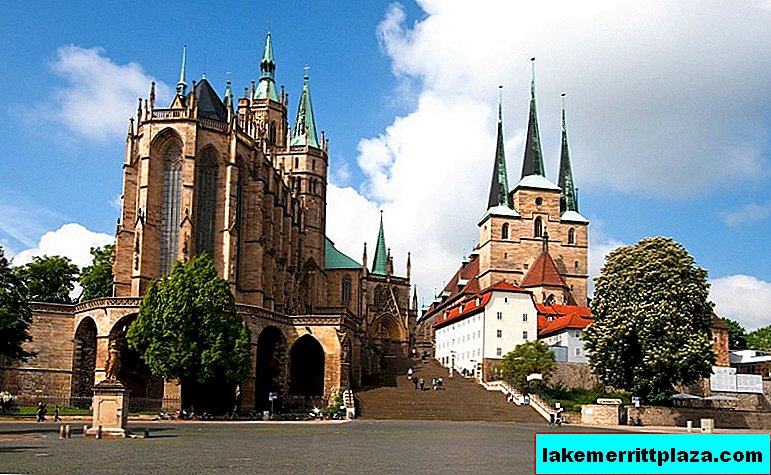
St. Severin's Church (Severikirche) and Cathedral (Mariendom), photo by inestler
A settlement called Erphesfurt was first mentioned in 742. The royal castle in the city was built at the beginning of the 9th century. Since 1066, Erfurt has been surrounded by a city wall. The heyday of Erfurt as an educational, cultural, commercial and political center occurred in the XIV - XV centuries. Martin Luther studied at the University of Erfurt. In the Augustinian monastery, he took the priesthood.

Erfurt, photo by udo schuklenk
In the XVII century, the city fell under the rule of Elector Mainz. In the years 1682-83. Erfurt survived the plague epidemic, killing half of the population. In 1806-14 he was ruled by the French. Two world wars claimed the lives of several thousand citizens. In the postwar years, Erfurt became the center of the eponymous district, and with the unification of the country, in 1989, it was again made the capital of Thuringia.
Sights

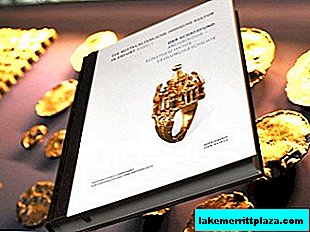
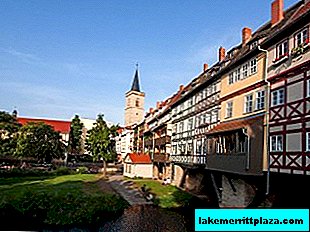
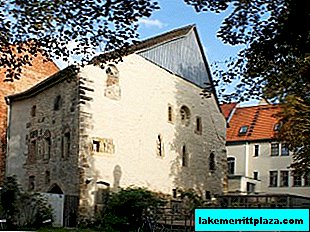
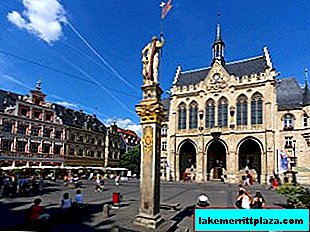
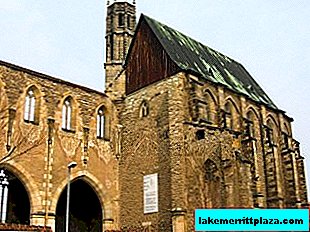
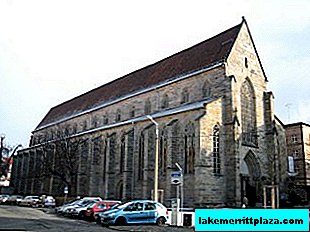
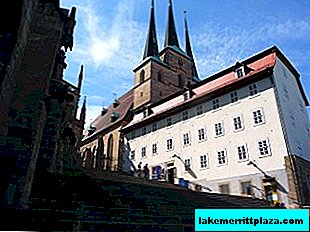
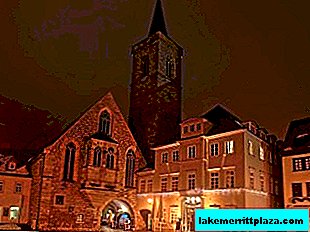
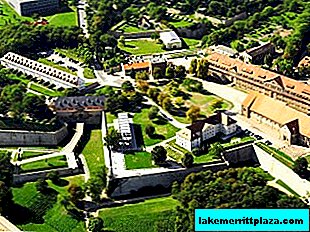


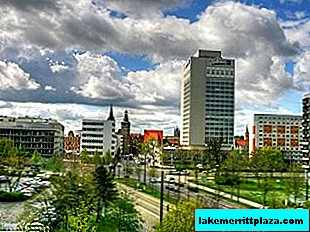
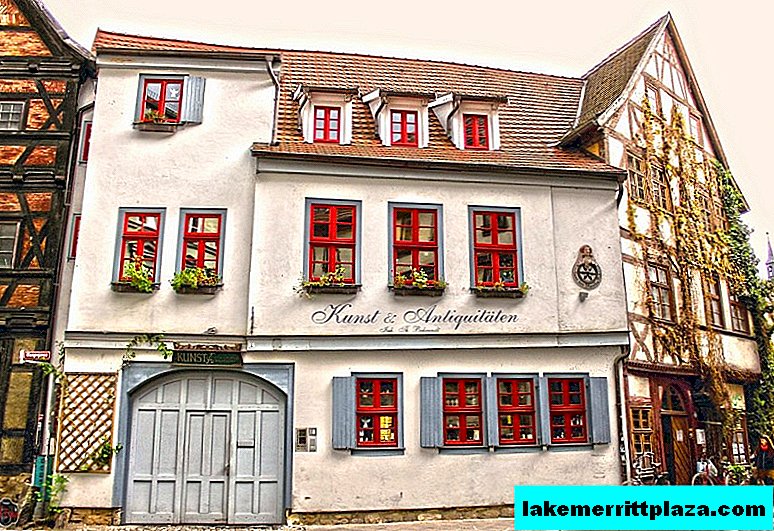
Erfurt, photo by Ralf Krause
Symbols of Erfurt are considered the Church of St. Severin (Severikirche) and the Cathedral (Mariendom). Temples stand nearby on a cathedral hill, their pointed towers stretch high to the sky. You can climb to them on the stairs of Domstufen. The fountain of Minerva is installed in the center of Cathedral Square (Domplatz) - in the Middle Ages it served the city as a source of drinking water.

Bridge Shopkeepers (Krämerbrücke), photo by Reiseland Thüringen
The Lavochnikov Bridge, Krämerbrücke (1325) is Europe's oldest residential bridge. There are two rows of narrow half-timbered houses and the church of St. Aegidius (Ägidienkirche) (there is an observation deck on the Egidenkirche tower).
In the center of the city there are many houses of amazing beauty, and each has a special name: "At the high lily", "At the prophet", "At the black crown", "At the big hearth" and others.
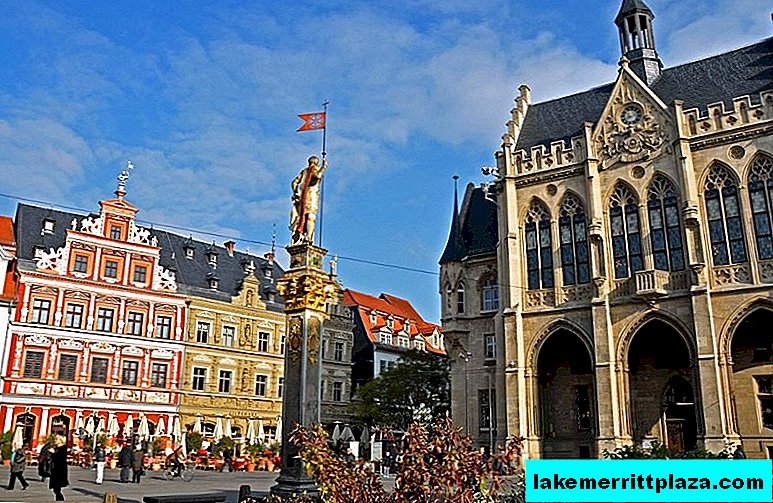
Fish Square (Fischmarkt), photo by Gerard FERON
The main square of the city is Fischmarkt. In the XIII century, trade routes converged to it, from here they sold fish to other European countries. The Town Hall, a neo-Gothic building with a unique interior painting by Edward Kempffer, enters the Fish Square.

Church of St. Augustine (Augustinerkirche)
The Gothic Church of St. Augustine (Augustinerkirche) is preserved from the former Augustinian monastery. The cloister was built in 1277. The museum created the Martin Luther Museum.
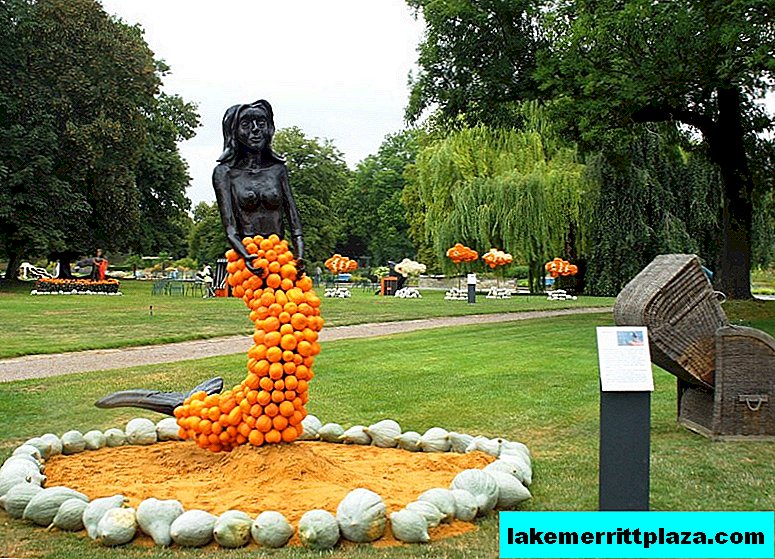
Horticultural Exhibition Egapark, photo by Michael Panse
Park "Ega Erfurt" is located near the fortress Kiriaksburg (Zitadelle Cyriaksburg). This complex is one of the largest in Germany. It created the largest flowerbed in Europe and a huge playground; there is a rose garden and a greenhouse, a tropical butterfly pavilion, a landscape design museum.
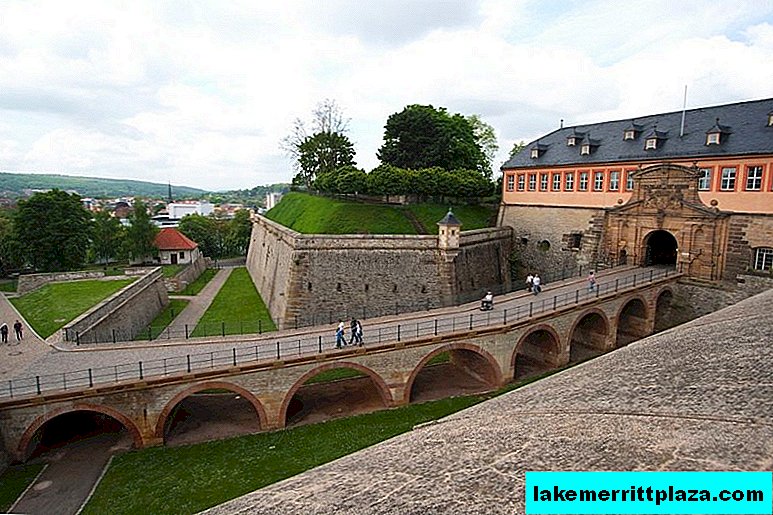
Petersberg Citadel (Zitadelle Petersberg), photo by inestler
The baroque Molsdorf Palace, located in the southern part of the city, hosts regular concerts of classical music. Erfurt Opera House is considered the most modern in Europe.
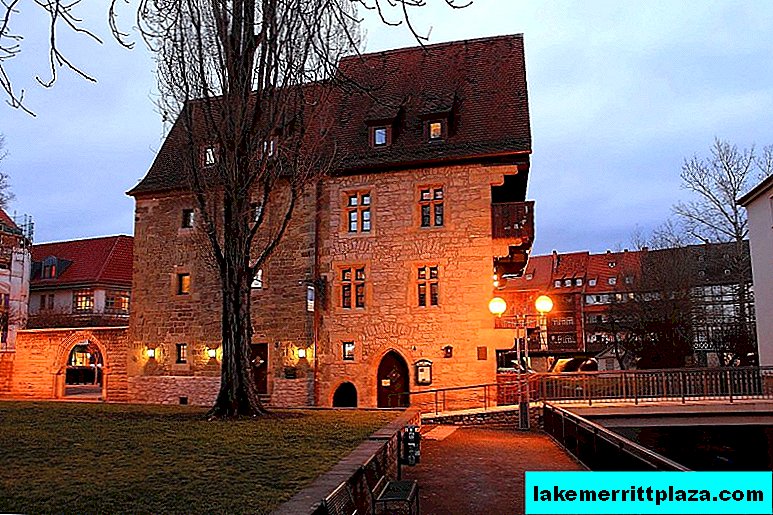
Erfurt, photo by Ralf Krause
Holidays and events
Musical holidays in the city are held constantly. Fans of the composer's work come to Bach's Thuringian Week; One of the most important musical events are concerts of Domstufenspiele on the steps of the cathedral. Highfield Rock Festival is here every year in August. Erfurt's main celebration takes place in June - the Kremerbrückkefest holiday is dedicated to the most famous city bridge.
In the vicinity of the city
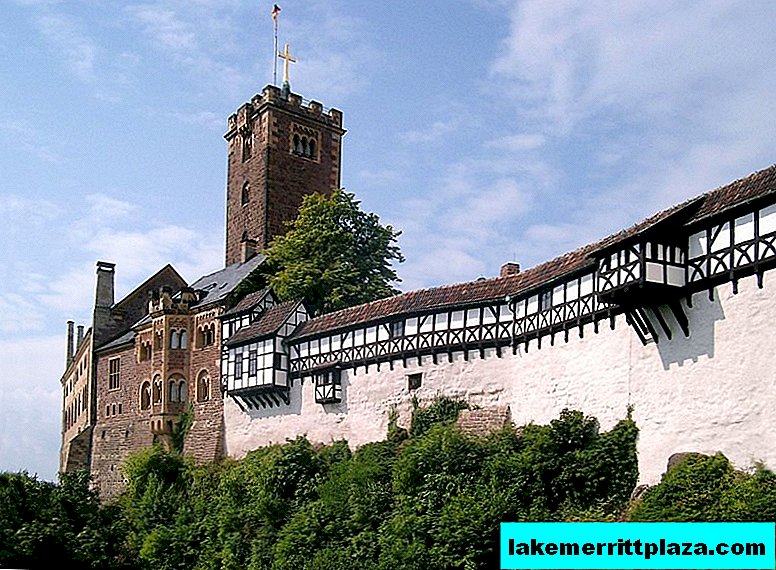
Wartburg Castle, photo by Michelangelo Eisenach
In the vicinity of the city, tourists are attracted by the famous Wartburg Castle, a UNESCO site. It is located west of Erfurt, near Eisenach.

